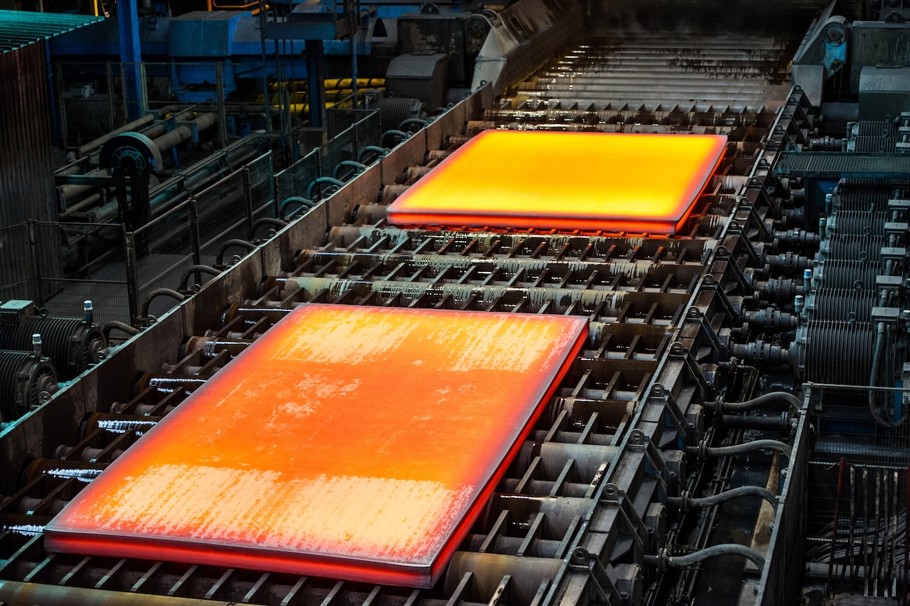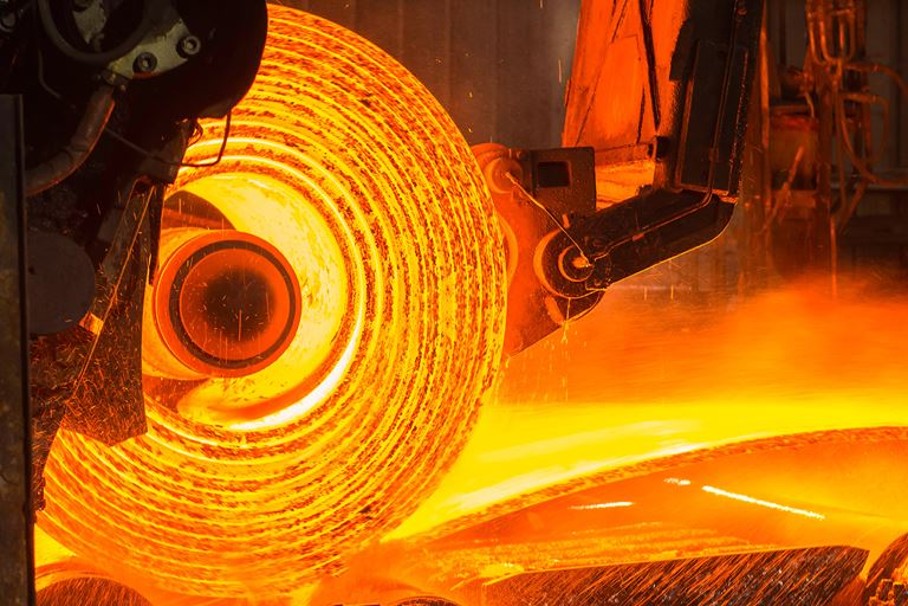Market Data

December 3, 2017
Margins Tight on Secondary Steel
Written by Tim Triplett
Recent price increases on prime steel have pulled secondary steel prices up along with them, challenging distributors to pass the added cost along to their customers. Secondary steel products include coils that have defects or otherwise fail to meet the specs of the original buyer, but may be suitable for other uses.
“Our volume has been good, but we are definitely getting squeezed on the margins,” said Lisa Goldenberg, president of Delaware Steel of Pennsylvania, Fort Washington, Pa. “The consumer has not borne the brunt of the price increases; it’s the service centers that have carried the weight. We have not been able to pass them all on.”
“Excess inventories both at the mill level and at larger warehouses are causing every deal to be a price war,” said Bill Vitucci, vice president and CFO at Vitco Steel Supply in Chicago. “At the same time, more end markets are getting stricter on the quality and chemistry of the products they will use, making it harder to find applications for secondary steel.”
Jim Barnett, president and CEO of Grand Steel Products, Wixom, Mich., says business is brisk, but the mills are not offering a lot of secondary to the market right now. “And what they are offering is edging closer and closer to prime market prices.”
With secondary selling for up to 80 percent of the cost of prime, some secondary buyers are opting for prime grades instead. “Smart customers will just buy prime because of the vagaries of secondary in terms of thickness and surface quality,” Barnett added.
Andy Gross, president and CEO of Alliance Steel, Bedford Park, Ill., said his company deals mostly in prime steel today. “The secondary market is difficult. There is less material available and it’s tougher to procure. Mills are more proficient at making good steel.” While 7-10 percent of production used to end up as secondary, today it’s perhaps just 2-4 percent, Gross estimated. “The mills have gotten far better at producing good material and re-melting what doesn’t come out so good.”
Barnett sees potential opportunity in secondary sales of the new advanced high-strength steels developed for the auto industry. “There would be a lot of secondary AHSS available to the market if there were more applications for it. The reject rate is high because it is so demanding to make. The difficulty is nobody has found many alternative uses for it yet. It’s too hard for most applications.” The mills typically scrap it internally and remelt it because there’s limited secondary demand at this point, he adds.
Goldenberg also expects secondary AHSS to become a bigger part of the business. She is meeting with the mills to learn more. “It is affecting the tons we are getting from the mill. The market is moving in that direction, so we need to get better at it.”
Most sources selling secondary tell Steel Market Update they are finishing up a good year and they expect more of the same in 2018. Goldenberg, for one, is already planning to boost her inventory. “I believe we are going to have a strong first quarter, and I think it’s a good opportunity to go shopping.”







